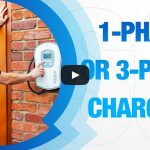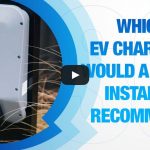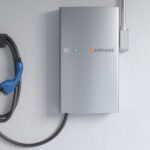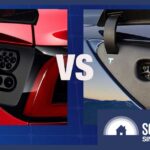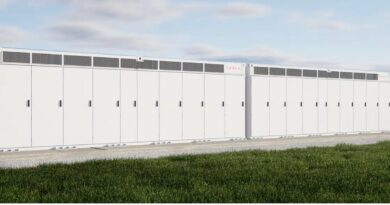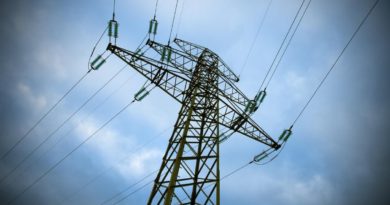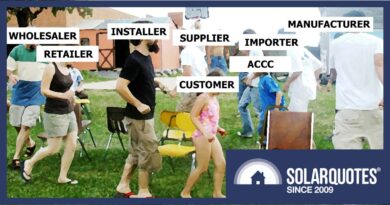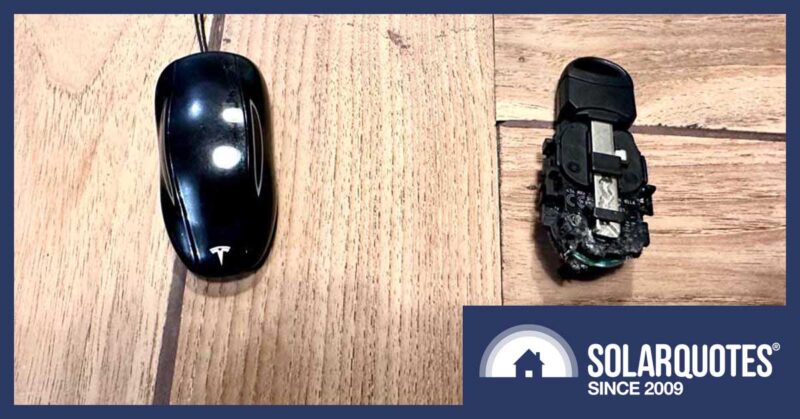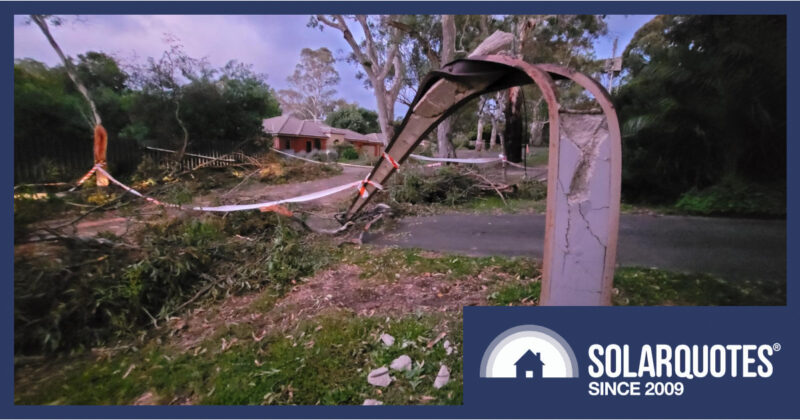Supercharge Your Home: Ultimate Guide To Charging Multiple EVs
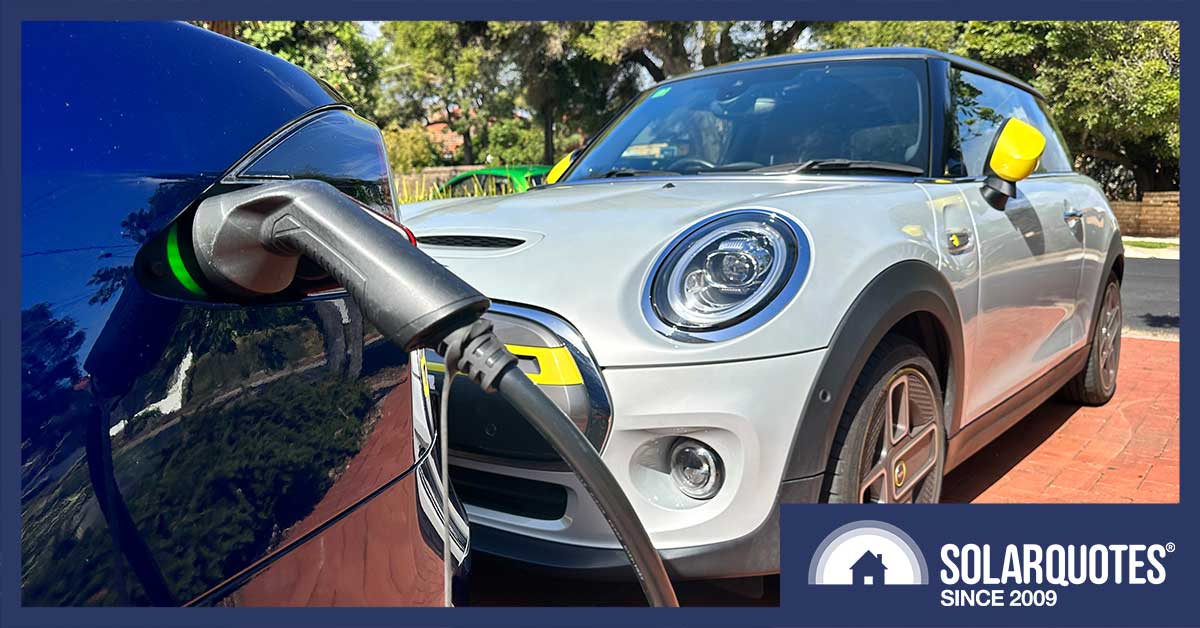
If you’re living in a household of multiple EV owners or looking to the future where this may be the case, some planning will go a long way to ensure no one runs out of juice.
This guide offers an overview of the current options to keep every EV charged without sparking any tensions.
The primary methods for charging multiple EVs at home include:
- Sharing a single charger.
- Utilizing two.
- Employing two with load management.
- Implementing a multi-port charger.
Each method involves various approaches and a wide range of hardware solutions. Factors influencing your choice may include electricity supply type and capacity, Distribution Network Service Provider (DNSP) regulations, budget constraints, vehicle model, battery size, charging time, and individual priorities.
1. Sharing A Single Charger
Admittedly, you likely started reading this article seeking more sophisticated solutions than simply taking turns with a single EV charger. However, this may be the only viable option for some households due to electricity supply constraints or DNSP rules.
If you’re stuck with being a single-charger household, it’s not the end of the world. Think of the money you’ll save on hardware.
Sharing is caring
Everyday charging may not be necessary for every household member. Factors like battery size, charging times, and commuting distances will vary. Many families can successfully coordinate a sharing schedule, alternating usage on different days.
Maybe that doesn’t work for you. You’re rightly sick of jumping out of bed in the middle of the night and shuffling vehicles around to reach the charger. Considering there’s no standard for charge port locations on all the different EV models available, it doesn’t seem like a good long-term solution. There’s got to be a better way.
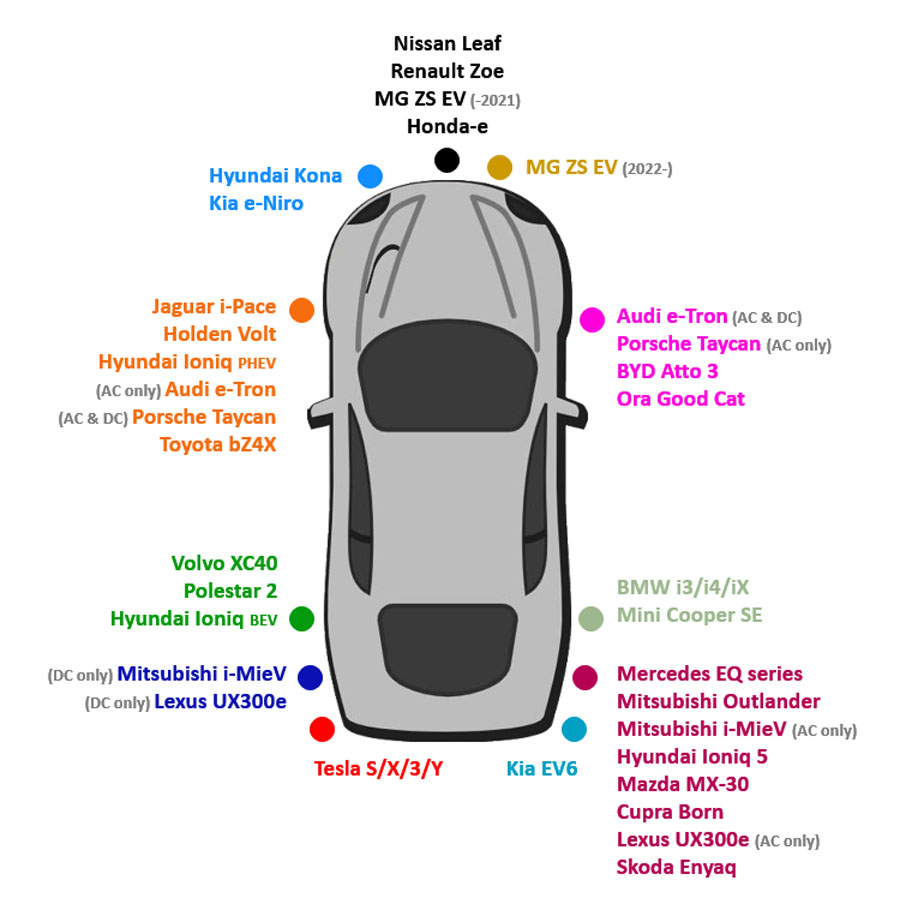
Charge port locations on vehicles currently (or soon to be) available in Australia. Image: Australian Electric Vehicle Association
2. Using Two Chargers
Using Two Level 1 Chargers
When installing a second or even a first dedicated charger isn’t feasible, consider having an electrician install two 15A General Purpose Outlets (GPOs) in your home. This would enable you to plug in and use two Level 1 chargers simultaneously, with each operating on a separate circuit.
Opting for this solution can be quite effective, as a 15A GPO can accommodate up to 3.6kW. With two outlets, you’ll achieve a combined power of 7.2kW—comparable to most single-phase Level 2 chargers shared by two EVs.
Using A Level 2 Charger Plus Level 1 Charger
One option is to charge an EV using the dedicated Level 2 charger while the other vehicle uses the Level 1 device that came with it, plugged directly into a power outlet. Though the second vehicle experiences a slower charging rate, this setup allows for simultaneous charging of both vehicles.
Potential Pitfalls
The level 1 slow charger is not a smart device. It will draw whatever current the EV requests, and the only way to adjust the charge rate is via the car settings. This means the Level 1 charger could operate at near the full rating of a 10A or a 15A GPO the whole time it’s plugged in. This potentially strains the circuit which, unless you take a few precautions, can lead to problems. And surely it goes without saying, but I will anyway – never plug two into the same power outlet, or even the same circuit.
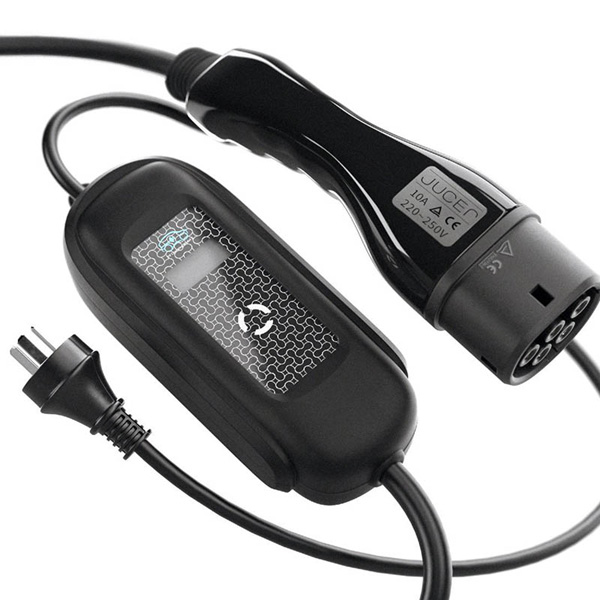
Portable level 1 EV Charger with 10 Amp plug. Image: Jucer
The other thing to consider – if you’re charging two EVs simultaneously, the current draw starts to add up. For most households running a level 1 and level 2 EV charger at the same time is not going to overload the main switch (yet), but add a few more high-powered appliances into the mix and it starts to look a little different.
For example, a single-phase level 2 charger is rated at 7.4kW (up to 32A). Add that to a level 1 charger running at full tilt on a 10A circuit (assume 10A). It’s now potentially at up to 42A just for EV charging. A typical single-phase main switch on a domestic switchboard in Australia is rated at 63A or 80A, so this could account for over half your electrical supply. You’re now at the point where you need to know what other power-hungry appliances are running, otherwise risk tripping circuit breakers.
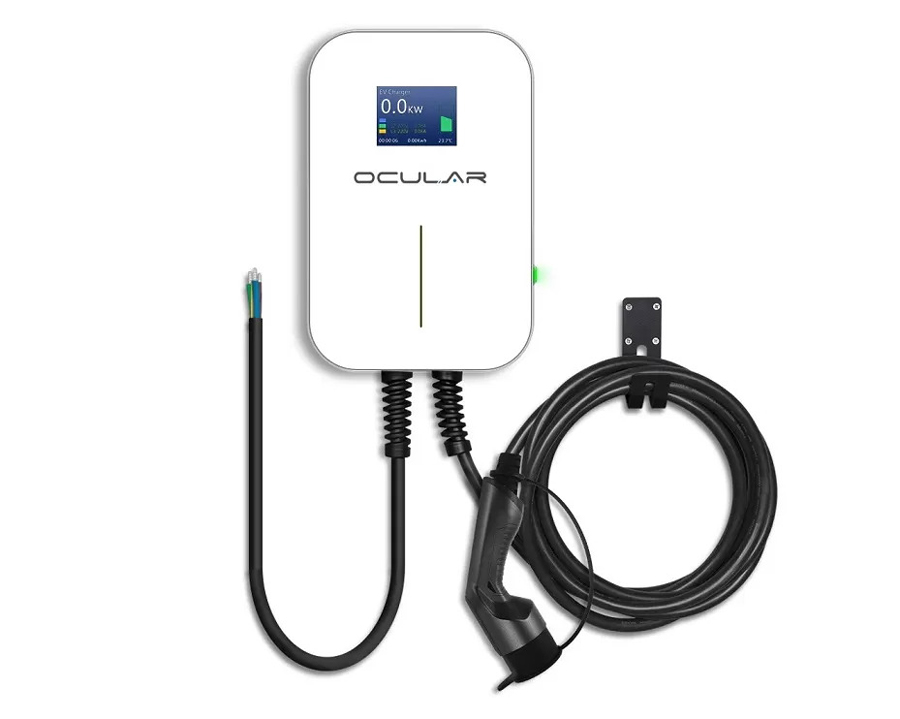
Ocular LTE level 2 charger with 6m type 2 cable. Image: EVSE
Having a nice big rooftop solar array and charging your vehicles during the day can reduce grid demand substantially. But this is no panacea because the sun isn’t always shining, and electrons go where they want when they’re needed. Even if your charger can be configured to only charge from excess solar energy, it is still capable of full charging power with no sun. Your electrical installation has to be up to the task for the worst-case scenario.
With a three-phase supply, spreading the load across all three phases is easier. It’s possible to have a single-phase level 2 charger installed on one phase, while other loads are balanced accordingly across the other phases. The downside is that a single-phase device could take longer to do the job than a 3-phase charger. Although it gives you more headroom on the other phases, it may not be the best option if fast charging one vehicle is your priority.
3. Using 2 Chargers With Load Management
OK, here’s the part you’ve been waiting for. If you own two electric vehicles, it makes sense to have two EV chargers right?
Yes, of course; however, the ramblings above (Potential Pitfalls) are now more important because you’ve upped the ante as far as potential loads on your switchboard and wiring. The number of EV chargers you can install is limited by the capacity of your electricity supply for all the reasons above. As always, your DNSP has the final say on this, based on Australian Standards and relevant State electricity regulations.
The clever people designing and building EV chargers have devised solutions to address maximum current limits on typical household supplies. Enter “load management”. They’ve worked out a way to keep your wiring and switchboard happy by using smart devices to manage the amount of current draw available to each unit, and to prevent overload of the system. This is generally done one of two ways:
Power Sharing
Some chargers can be configured to set a maximum power limit that is shared by all installed chargers. Power sharing (sometimes called load sharing) is achieved by using a smart device that communicates to all configured devices through Wi-Fi, Ethernet, or Open Charge Point Protocol (OCPP).
For example, if your main switch is rated at 63A, a limit of 40A could be set for 2 chargers to share, leaving 23A for household appliances. The user, however, would have to manually monitor the household loads and make sure they are under the threshold, otherwise risk overloading the main switch.
Dynamic Load Balancing
Other chargers use a feature called dynamic load balancing that takes additional loads into account as well. This is useful if you have no choice but to put a load of washing on while charging up the EVs.
Dynamic load balancing considers the electrical capacity of a household on a real-time basis. It adjusts the charging rate accordingly, ensuring it stays within the available power capacity at any particular time. Household loads are given priority. You can now sit back with a smile, knowing that your house won’t trip the main breaker now that you’ve relinquished control to a computer.
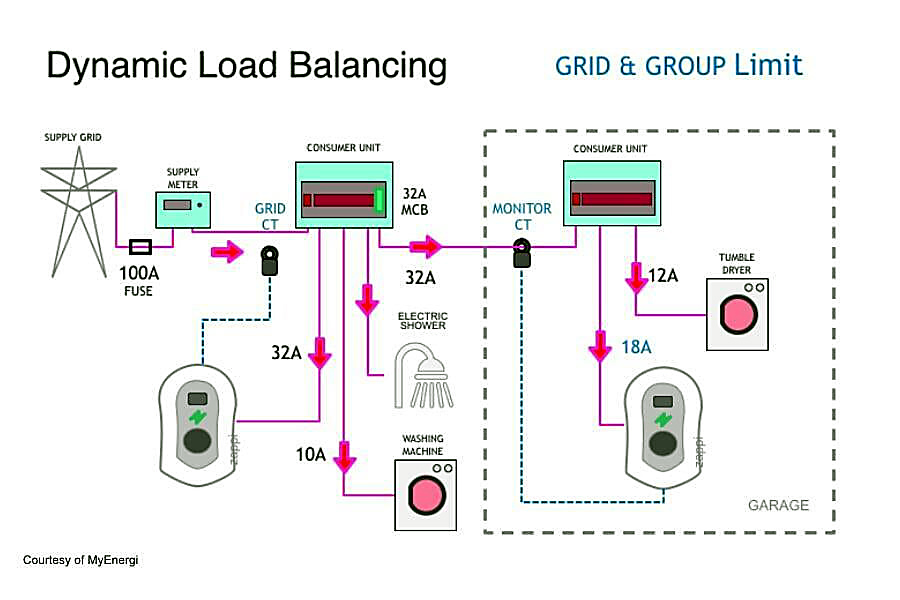
Zappi load management using external current transformers with one EV charger located at the main residence, and a second in the garage. Image: EFIXX
Some devices with dynamic load balancing can also interact with solar inverters, so they incorporate instantaneous rooftop solar energy into their algorithm.
Regardless of whether or not your EV chargers have any of the above smarts, in the case of multiple single-phase chargers it’s recommended to install them all on different phases if you have a three-phase supply, to spread the loads. If you are on a single-phase supply your options are more limited.
DIY Solutions
Home Assistant
For tech-savvy people with too much time on their hands – Home Assistant is an open-source home automation platform that allows you to control various smart devices, including EV chargers. It’s possible to control two EV chargers with the app and operate them one at a time or limit the current on each. To control two EV chargers with Home Assistant, you’ll need two compatible devices that support integration with either OCPP or Modbus protocol.
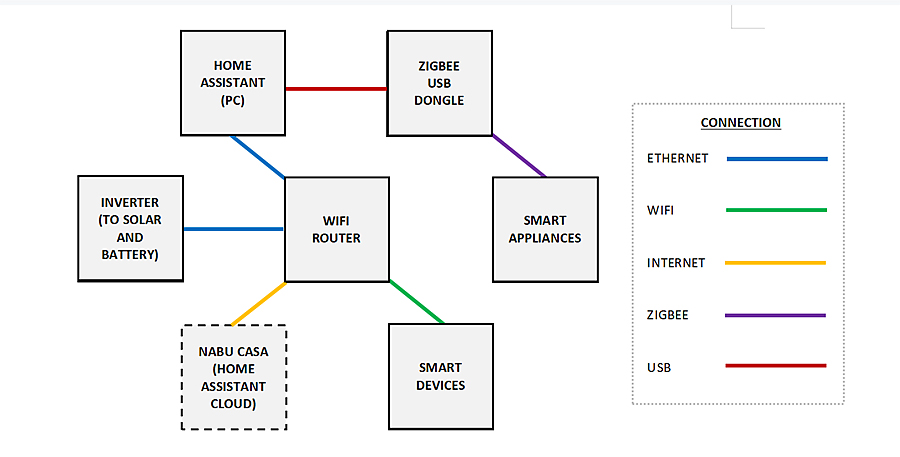
DIY solution using Home Assistant could be used to control compatible EV chargers using OCPP or Modbus over local area networks (LAN).
Once you have connected the chargers to your home network, you can integrate them into Home Assistant using the appropriate add-on. It’s possible to create automations or scripts that allow you to operate them one at a time or limit the current on each.
For example, you can create an automation that starts charging on one EV and then switches to the other once the first one is fully charged. You can also create scripts that allow you to set the charging current for each charger individually.
IFTTT
Another DIY solution is IFTTT (If This Then That), which is both a free web-based service and a mobile app that allows users to create and manage automated tasks. The app allows users to browse and enable pre-built applets, create their own applets using a simple drag-and-drop interface, and manage their connected services and (supported) devices.
If your EV chargers support power sharing, you may be able to use IFTTT in conjunction with a smart home automation platform to automate the process. For example, you could use IFTTT to trigger a smart plug or switch to turn off or reduce the power to other appliances in the house when the EV chargers are in use, ensuring enough power is available for both.
Third-Party Apps
An ever-growing range of third-party apps can be integrated with Home Assistant, IFTTT, or communicate directly with EV chargers and devices. These have varying levels of functionality based on supported hardware and communication protocol. Unfortunately, there’s no one-size fits all.
Some of them, although not designed specifically for charging multiple EVs, may help optimize your experience: For example: Charge HQ, EV Energy, and Homeseer.
4. Use An EV Charger With Multiple Ports
Seemingly an obvious solution for charging two EVs is a device with two ports, so you can simply plug in any vehicle whenever you want.
As of the time of writing, sadly, there is no dual port EV charger available designed specifically for homes. I guess there aren’t enough dual EV households in Australia yet.
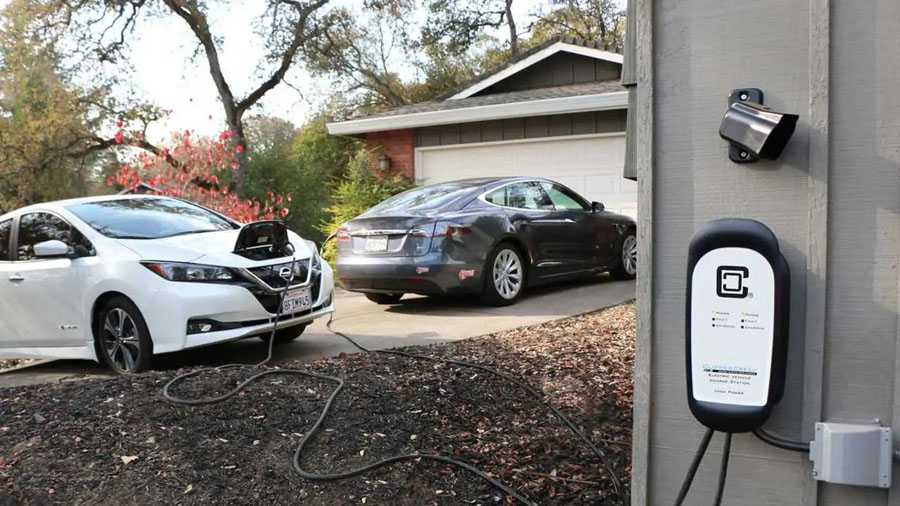
This Clipper Creek HCS-D40P dual port EV charger is unavailable in Australia. What a pity. It can charge two EVs simultaneously, automatically splitting power between them and eliminating the need to upgrade infrastructure. Up to 3.8 kW per EV when both are charging, and up to 7.7 kW when one vehicle is charging, from a single 40A circuit. Image: InsideEVs
You can still buy a dual-port EV charger designed primarily for commercial and public use. It might not be the most cost-effective solution, but as long as you comply with your DNSP regulations, and have sufficient electrical supply infrastructure, nothing is stopping you from installing one in your home.
Which EV Charger Is Best For My Growing EV Collection?
I can’t tell you that. I can, however, point you to our EV Charger Comparison Table where you can compare prices and specifications side-by-side and see what solutions may be best for your situation and budget.
Also check out another SQ article – Best EV Chargers 2023: According To Australian Installers. All top 3 chargers on this list can be configured to suit multi-EV households, although they may need additional hardware.
Hopefully I’ve given you enough information to make a decision that’s right for your circumstances.
Original Source: https://www.solarquotes.com.au/blog/charging-multiple-electric-vehicles/



